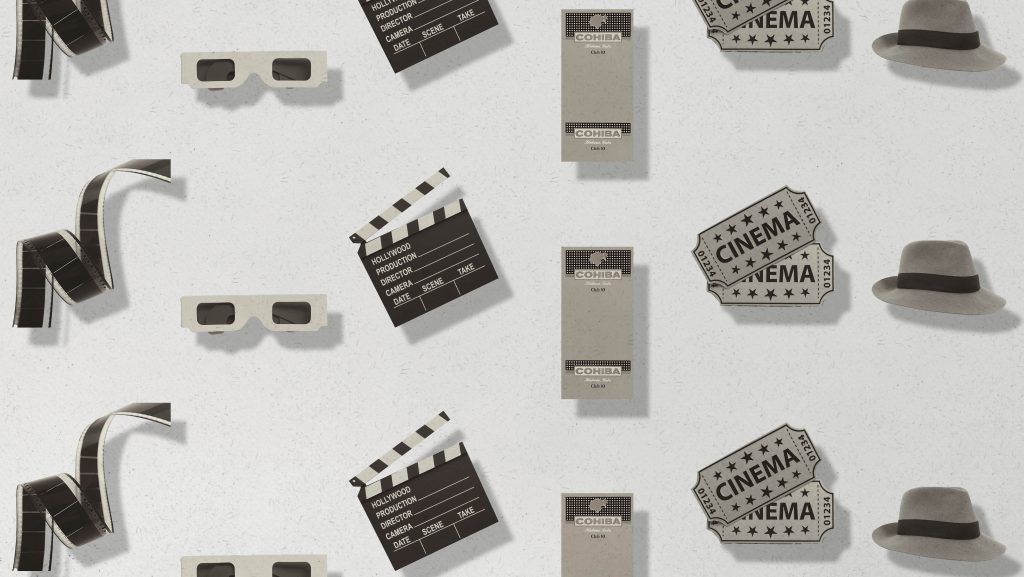Tobacco has been used in cinema not just as a simple prop, but as an element loaded with symbolism. During Hollywood’s golden age, smoking was a gesture that denoted sophistication, power, and sensuality. Let’s take a look, with a Cuban mini cigar in hand, at some iconic moments where tobacco takes center stage on the big screen. Lights, camera… and smoke!
Tobacco in a character’s hand can convey everything from elegance and glamour to power and success, or even fill a scene with mystery and intrigue. For instance, in the film noir movies from 1940s to 1950s, it was common to see private detectives enveloped in a cloud of smoke. One of the greatest examples is Humphrey Bogart, a Hollywood noir icon who is still remembered today not only for his deep voice and intense gaze, but also for the tobacco that seemed to be an extension of his very being in films like Casablanca and The Maltese Falcon, often paired with a glass of whiskey.
We also recall the legendary Breakfast at Tiffany’s, where an elegant Audrey Hepburn—also a smoker off-screen—holds a long cigarette for much of the film. This gesture turned her into a symbol of sophistication that has endured over time.
It’s impossible to forget the young Clint Eastwood in Sergio Leone’s famous film The Good, the Bad and the Ugly, holding a lit cigar while keeping a steady gaze on his adversary. According to cinematic legend, the director mentioned to a friend that he was going to film with an American actor who was stoic and expressionless, and the friend recommended giving him a cigar to add some expressiveness. This became a signature trait, though in reality, Eastwood found it hard to accept as he wasn’t a smoker in real life.
Stanley Kubrick, on the other hand, introduced tobacco in The Shining as a dominant element to help the character played by Jack Nicholson convey tension, unease, and mystery. He succeeded. Throughout much of his life, Nicholson has enjoyed tobacco, both cigarettes and cigars, even off the set, and has confessed that he struggles to concentrate if he can’t smoke: “Smoking is banned on studio sets. But I can’t work if I don’t smoke.”
Francis Ford Coppola did something similar in the famous The Godfather, using the cigar as a tool to express emotion and a specific state of mind without the need for words. Marlon Brando, in the role of Vito Corleone, reminds us how holding a cigar and staring intently can convey power and complete control of the situation.
Tobacco has been everything from a status symbol to a narrative tool in the film industry, where its presence has created unforgettable scenes.




